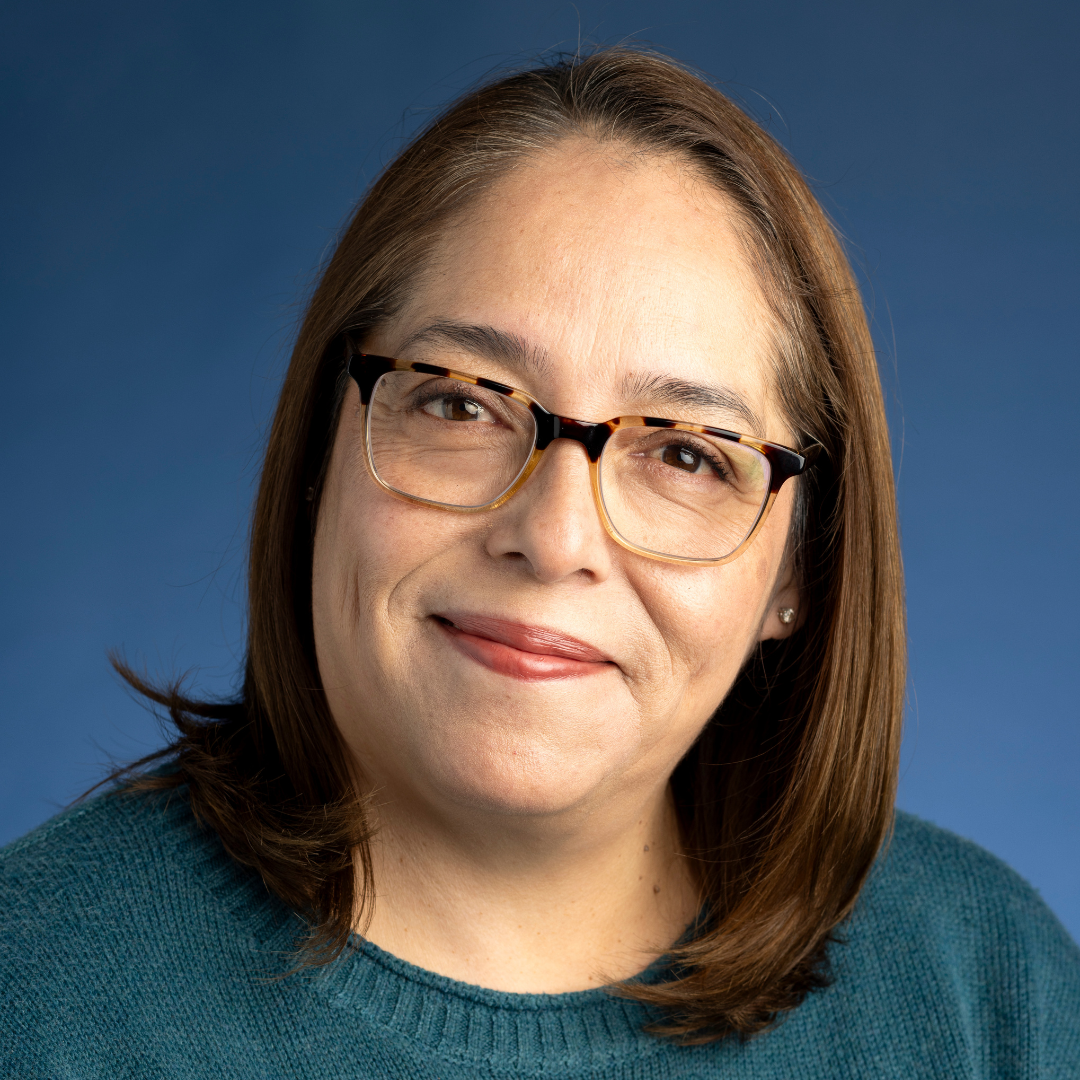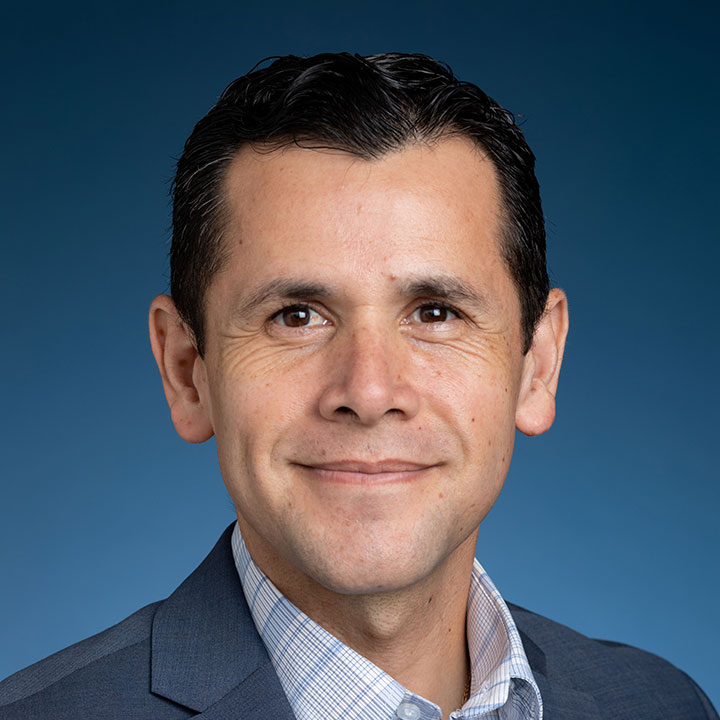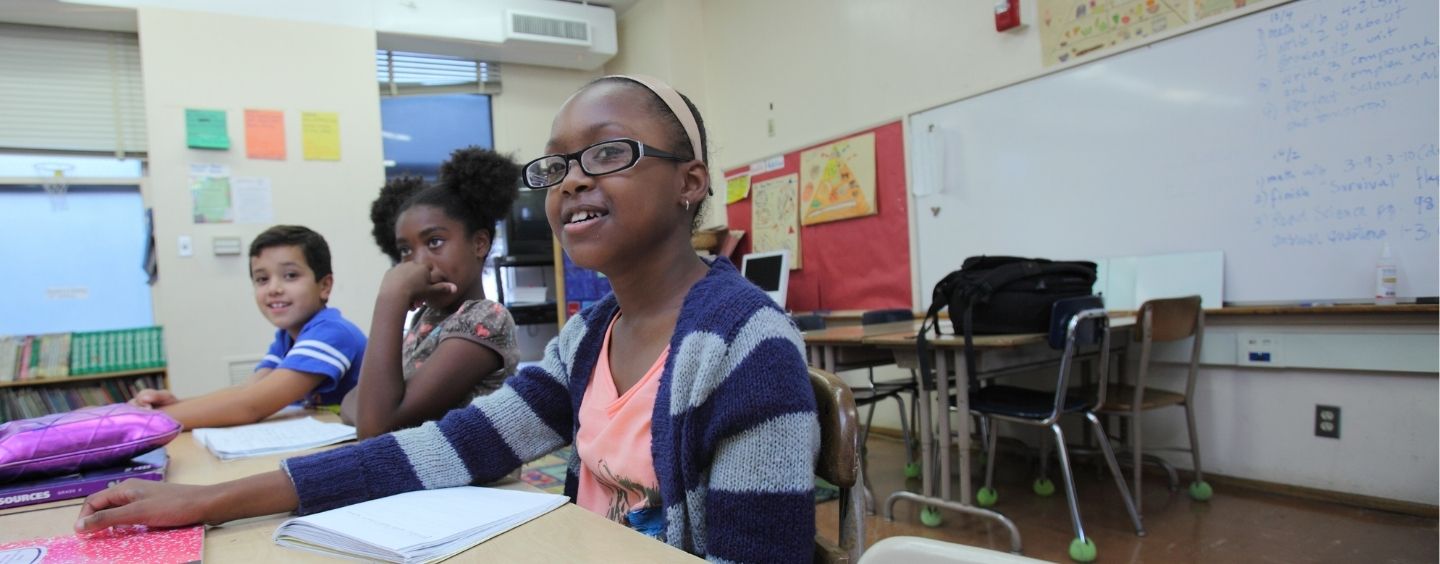
Diversity, Equity, and Inclusion at SOE
LMU School of Education trains future teachers, administrators, counselors, school psychologists, and other professionals to deliver an excellent educational experience at any type of school to all students, regardless of race, ethnic identity, gender, ability, socio-economic standing, sexual orientation, and other factors. Diversity, equity, and inclusion (DEI) aren't just buzzwords to us—they form the very foundation of our identity.
Our Diversity, Equity, and Inclusion Action Committee (DAC)

Hello and Welcome!
Diversity, equity, and inclusion (DEI) are at the heart of all social justice work and are inextricably linked to the mission and vision of LMU and SOE. Our DAC is leading, designing, and coordinating SOE’s systematic DEI efforts in collaboration with all its stakeholders.
Formed in fall 2020, DAC is currently chaired by Maia Hoskin, Ph.D, assistant professor in the Department of Specialized Programs in Professional Psychology. Scroll down to read more about our mission, goals, membership, and activities.
-
The following framework was formally voted on and adopted by LMU School of Education on December 19, 2022.
Framework
The School of Education is grounded in the Jesuit and Marymount tradition of social justice. Social justice is our collective responsibility for each other in our global society, recognizing the people and communities that have historically been oppressed and marginalized along with recognizing those who have historically been privileged and provided power. Social justice requires us to co-create equitable systems of access and support by critically examining the distribution of opportunities, resources, and social capital (distributive justice; Tyler, 2000). Further, social justice must be co-constructed/co-created with those who experience inequity, centering their voices, ideas, and perspectives on their material realities, for equitable outcomes, and in decision-making (procedural justice; Tyler, 2000).
In the School of Education, we recognize that social justice has its basis in anti-racism, diversity, equity, and inclusion: dismantling and transforming racist beliefs and practices; valuing human diversity in all its forms; promoting equitable access to resources and capital; and creating inclusive environments where those who have been systematically oppressed and marginalized are included in decision-making. Social justice work can be uncomfortable, takes strength and courage, and requires taking risks, including risking privilege and capital. This ongoing work requires us to:
- Critically engage in developing culturally responsive curriculum in all our programs
- Examine policies, practices, systems, and structures in the School of Education that perpetuate racist views, oppression, and marginalization
- Develop a transparent, shared decision-making model
- Develop specific metrics to ensure accountability at the individual and organizational levels
------
Definitions
Anti-racism is an integrated practice of actively identifying current and long-standing racist beliefs and practices, both personal and organizational. Anti-racism combines raising consciousness and taking action to combat racial power inequities (National Museum of African American History and Culture, n.d.). Anti-racism involves intentionally dismantling, deconstructing, and transforming racist beliefs and practices including dismantling systems of white supremacy, while acknowledging and recognizing that all groups are impacted and influenced by white supremacy (Singh, 2019). Practicing anti-racism and operating as an anti-racist in our society requires an ongoing choice and reorientation of one’s mindset and requires individuals to hold themselves, peers, and institutions accountable (Kendi, 2016).
Diversity is a complex construct that recognizes our differences and our shared humanity by valuing and respecting others’ beliefs, perspectives, and lived experiences to create meaningful discourse that challenges us to think beyond ourselves (Kranz & Sale, 2022). Diversity emphasizes intersectionality, or the understanding that our experiences and identities compete and coexist multidimensionally within cultural, historic, and political contexts (Ruiz-Mesa, 2021). We can honor diversity and begin to address power imbalances by approaching our interactions with openness, self-awareness, egolessness, and reflectiveness (cultural humility; Foronda et al., 2016).
Equity requires a two-pronged approach to achieve justice (Race Forward, n.d.). First, equity requires identifying the inequities that exist for marginalized groups, while also acknowledging, examining, and addressing the power and privilege that maintain historical and ongoing marginalization (Patton et al., 2019). Second, beyond the concept of equality1, equity considers the unique circumstances, situations, and historical and contemporary contexts that privilege some and disadvantage others (Racial Equity Tools, 2022) by providing access and opportunity through differentiated and targeted policies and practices (California Department of Education, n.d.) that address the needs of marginalized groups to improve successful outcomes for all. (1 For more information about how equity differs from equality, please visit https://theequitycollaborative.com/equity-in-education/)
Inclusion is the intentional co-construction of a community in which all people feel valued, respected, heard, supported, and engaged, which, in turn, fuels reinvestment in the community which is built on mutual trust and respect. Inclusion is a multidirectional human experience that extends beyond diversity and numerical representation and involves authentic and empowered participation (The Annie E. Casey Foundation, 2014) that creates a sense of belonging.
------
References
California Department of Education (n.d.). Quality schooling framework. Retrieved December 6, 2022 from https://www.cde.ca.gov/qs/
Foronda, C., Baptiste, D., Reinholdt, M. M., & Ousman, K. (2016). Cultural humility: A concept analysis. Journal of Transcultural Nursing, 27(3), 210-217. http://dx.doi.org.electra.lmu.edu/10.1177/1043659615592677
Kendi, I. X. (2016). Stamped from the beginning: The definitive history of racist ideas in America. Avalon Publishing Group.
Kranz, P. L., & Sale, P. (2022). A brief presentation and discussion on the desirable qualities of instructors of diversity education. College Student Journal, 56(3), 235-237. https://www.ingentaconnect.com/content/prin/csj/2022/00000056/00000003/art00003
National Museum of African American History and Culture (n.d.). Being Antiracist. Retrieved December 7, 2022 from https://nmaahc.si.edu/learn/talking-about-race/topics/being-antiracist
Patton, L. D., Sánchez, B., Mac, J., & Stewart, D-L (2019). An inconvenient truth about "progress": An analysis of the promises and perils of research on campus diversity initiatives. The Review of Higher Education, 42, 173-198. https://doi-org.electra.lmu.edu/10.1353/rhe.2019.0049
Race Forward (n.d.). What is racial equity? Understanding key concepts related to race. Retrieved on December 6, 2022 from https://www.raceforward.org/about/what-is-racial-equity-key-concepts
Racial Equity Tools (2022, July). Racial equity tools glossary. Retrieved December 6, 2022 from https://www.racialequitytools.org/glossary
Ruiz-Mesa, K. (2021). Reaction needed: Diversity, intersectionality, and communication pedagogy. Communication Education, 70(3), 333-335. http://dx.doi.org.electra.lmu.edu/10.1080/03634523.2021.1912794
Singh, A. A. (2019). The racial healing handbook: Practical activities to help you challenge privilege, confront systemic racism, and engage in collective healing. New Harbinger Publications.
The Annie E. Casey Foundation (2014). Race Equity and Inclusion Action Guide: Embracing Equity: 7 Steps to Advance and Embed Race Equity and Inclusion within Your Organization. Baltimore, MD. The Annie E. Casey Foundation. Retrieved from: https://www.aecf.org/resources/race-equity-and-inclusion-action-guide
Tyler, T. R. (2000). Social justice: Outcome and procedure. International Journal of Psychology, 35, 117–125. http://dx.doi.org.electra.lmu.edu/10.1080/002075900399411
------
SOE thanks the following members of the Diversity, Equity & Inclusion Action Committee for integrating faculty and staff voices in developing this framework:
- Cynthia Alcantar
- Keisha Chin Goosby
- Darin Earley
- Antonio Felix
- Emily Fisher (co-chair, 2020-22)
- William Parham (ex-officio member, co-chair 2023)
-
The mission of the DAC is to collaboratively lead, design, and coordinate equity, inclusion, and diversity-related processes and programs for the LMU School of Education that are consistent with the SOE’s core values and beliefs, as well as the University’s commitment to reflection and anti-racist action as articulated by President Timothy Law Snyder in his message Beyond Words.
The DAC will work closely with the SOE’s Leadership Team to foster the schools’ diversity and equity mission. Our key aims are fourfold:
- to foster a stronger understanding of social inequities and historical forces of oppression
- to investigate systemic forms of racism and oppression
- to reduce institutional barriers for people of color and other marginalized groups
- to foster an inclusive culture in which all faculty, staff, and students can reach their full potential.
-
SOE’s DAC consists of:
- Four faculty members
- Two staff members
- Two student members
- Two co-chairs
The Dean appointed the first group of DAC members, including the two co-chairs. The appointment process will involve recommendations from the faculty and advisement from Associate Deans and Department Chairs. The inaugural term will be for a period of two to three years, with half the members serving two years and half serving three years. The committee will make recommendations for member terms going forward, including a plan for overlap and transition. Committee chairs or co-chairs must be a faculty member(s) of associate rank or higher, either clinical or tenure-line, and will serve as Chair or Co-Chair for a period of one year, with an opportunity to extend for an additional year.
-
Since its formation in fall 2020, the DAC has been amidst a 3-year plan for actions and outcomes with indicators of measurable progress, including (but not limited to) the following:
- The DAC functions as a resource and planning group, examining SOE policies and practices related to faculty, staff, and student hiring, admission, recruitment, review and retention, professional learning, curricular reform, program development, and recognitions. The DAC will establish clear goals, guidelines, and measurable outcomes in these areas.
- The DAC functions as a resource for the SOE leadership team and community in developing responses to current events and ongoing needs at the community, state, national, and international levels that reflect sensitivity, cultural awareness, and respect, and are aligned with the SOE organizational mission, vision, and values.
- The DAC takes a leadership role in organizing diversity-related SOE community learning activities, such as a “common read,” workshops, programs, and lectures to make sure diversity and equity issues are integrated within all aspects of the SOE and that all community members can participate.
- During the academic year, the DAC meets once per month as a formal business/planning meeting, and twice per semester as an “assembly” or “dialogue,” open to interested faculty, staff and students to gauge the “pulse” of the LMU SOE community, solicit ideas and feedback on diversity issues, and advance new initiatives and actions pertaining to diversity.
- The DAC will serve as a space for “courageous conversations” around issues of equity, diversity, and social justice. Faculty and staff may approach this group with issues or concerns. The DAC will hold open meetings at least once per semester to offer conversations with interested faculty, students, and staff in a safe space.
- The DAC will report to the Dean’s cabinet of SOE at least once per semester, bringing new initiatives and important insight. The DAC will also report to SOE faculty and staff at least once per semester, thus enabling diversity to become well-integrated into the governance structure within SOE.
- The DAC will interact with University diversity-related groups, will stay abreast of University initiatives and policies impacting diversity and equity, and will share pertinent information with SOE faculty, staff, and students.
- The DAC will help facilitate the development of a graduate student organization in SOE or LMU to encourage their voices and leadership on diversity and equity issues. The president of this student organization will also be a member of the DAC.
DAC Members, 2024-25

Maia Hoskin
DAC Chair and Assistant Professor, Department of Specialized Programs in Professional Psychology
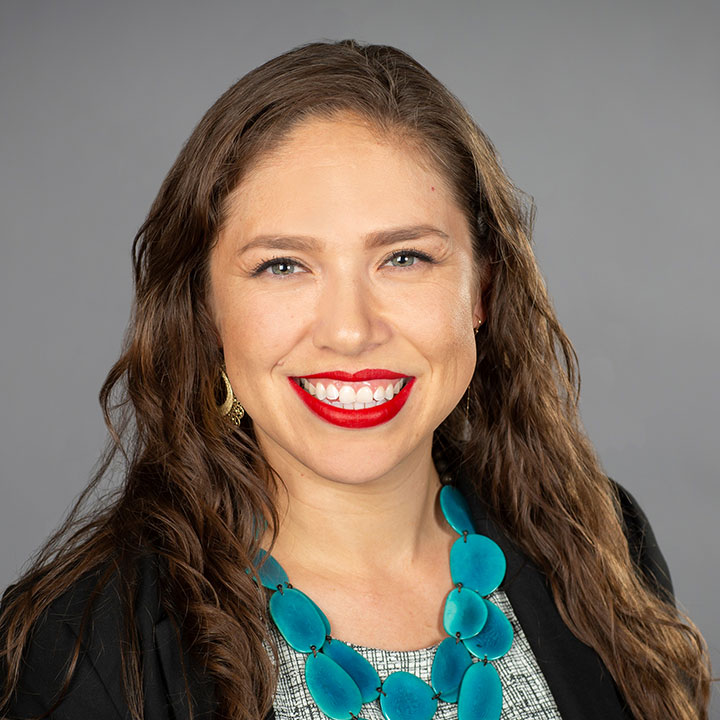
Associate Professor, Department of Educational Leadership; Co-Chair, Educational Leadership in Social Justice program
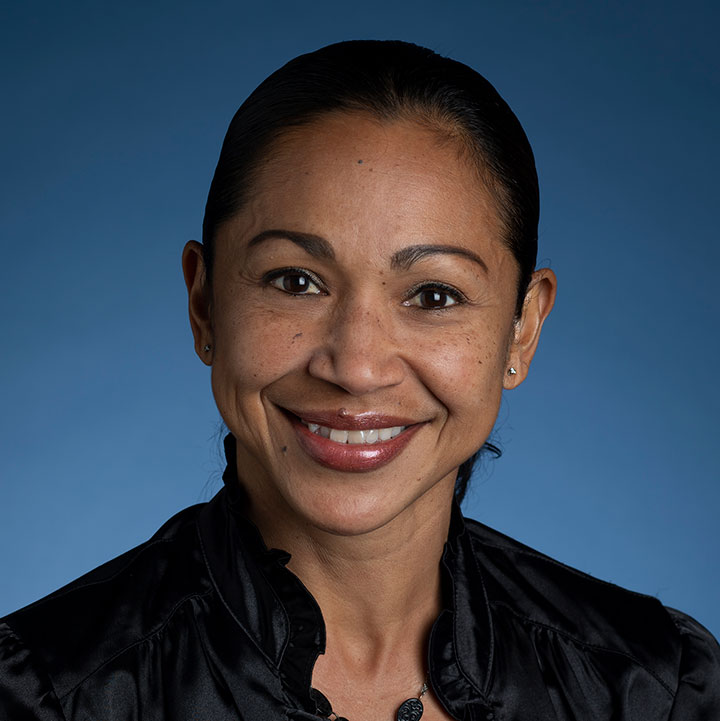
Keisha Chin Goosby
Clinical Assistant Professor, Department of Teaching and Learning; Director of Intern Credentialing Program

Francesca Dell'Olio
Ex-Officio Member; Associate Dean of Faculty, DEI, Continuous Improvement & Assessment (Accreditation)
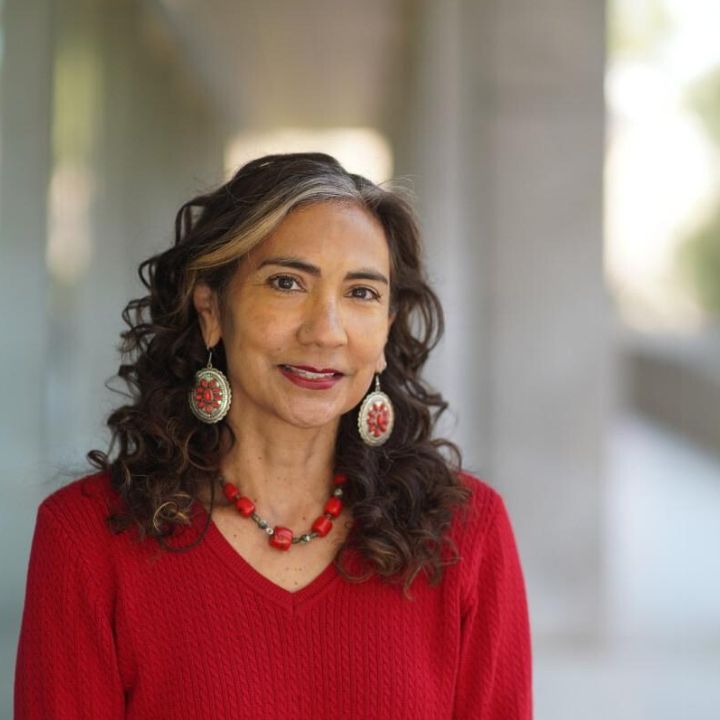
Dolores Delgado Bernal
Professor, Department of Educational Leadership; Co-Chair, Educational Leadership in Social Justice program
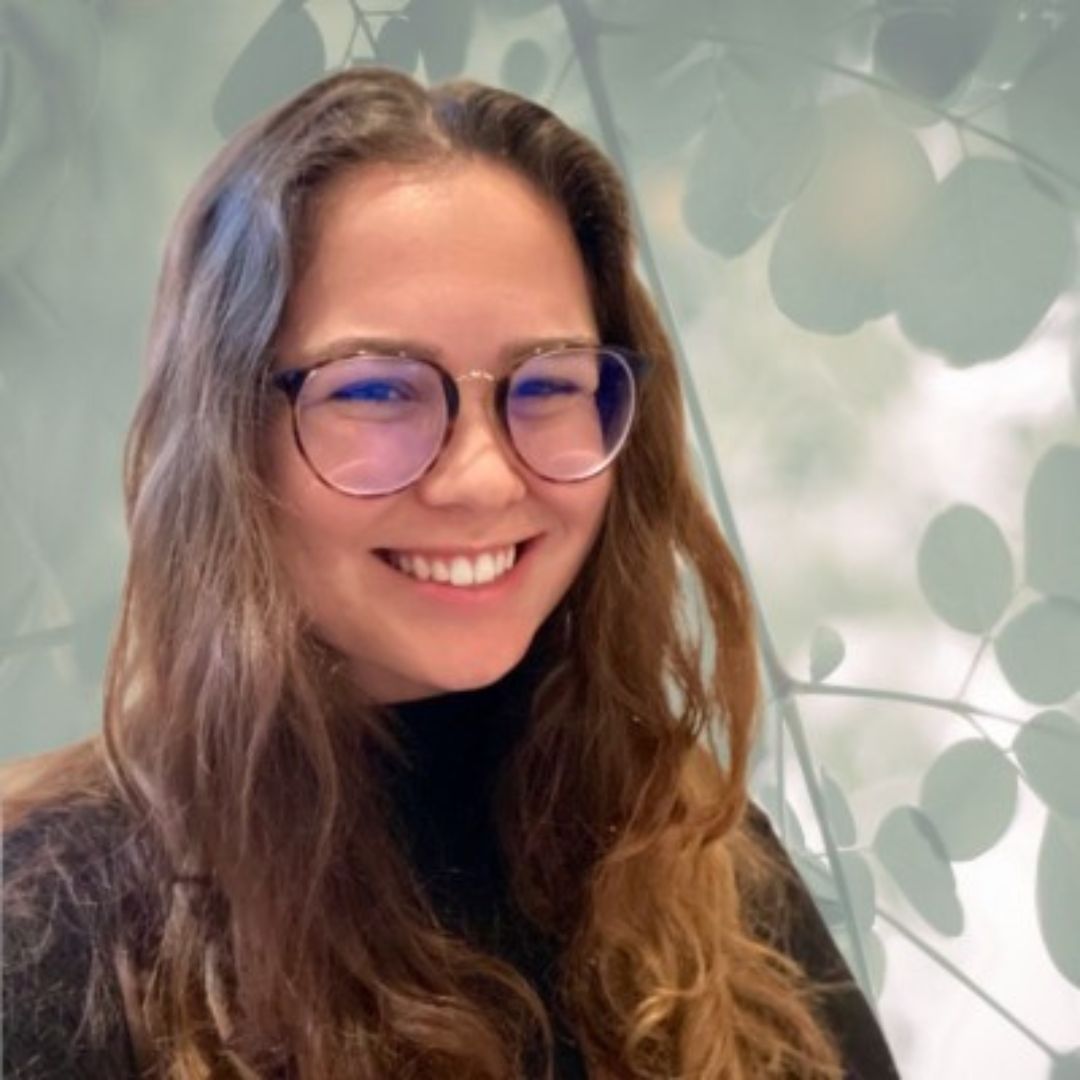
Gracie Edler
Student Member; 2025 Candidate for M.A. in Clinical Counseling
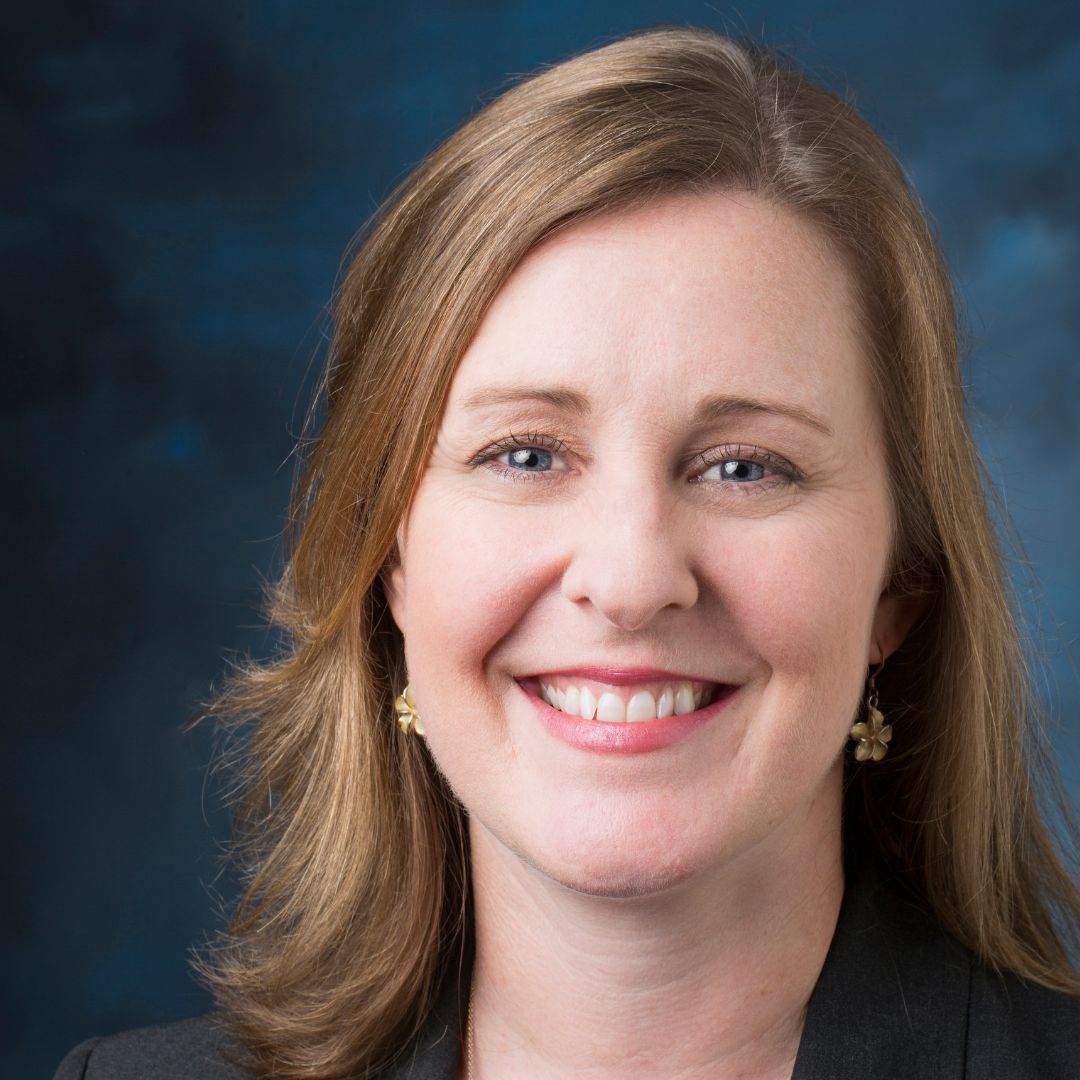
Karen “Karie” Huchting
Professor, Department of Educational Leadership

Joaquín Noguera
Assistant Professor, Department of Educational Leadership and Administration
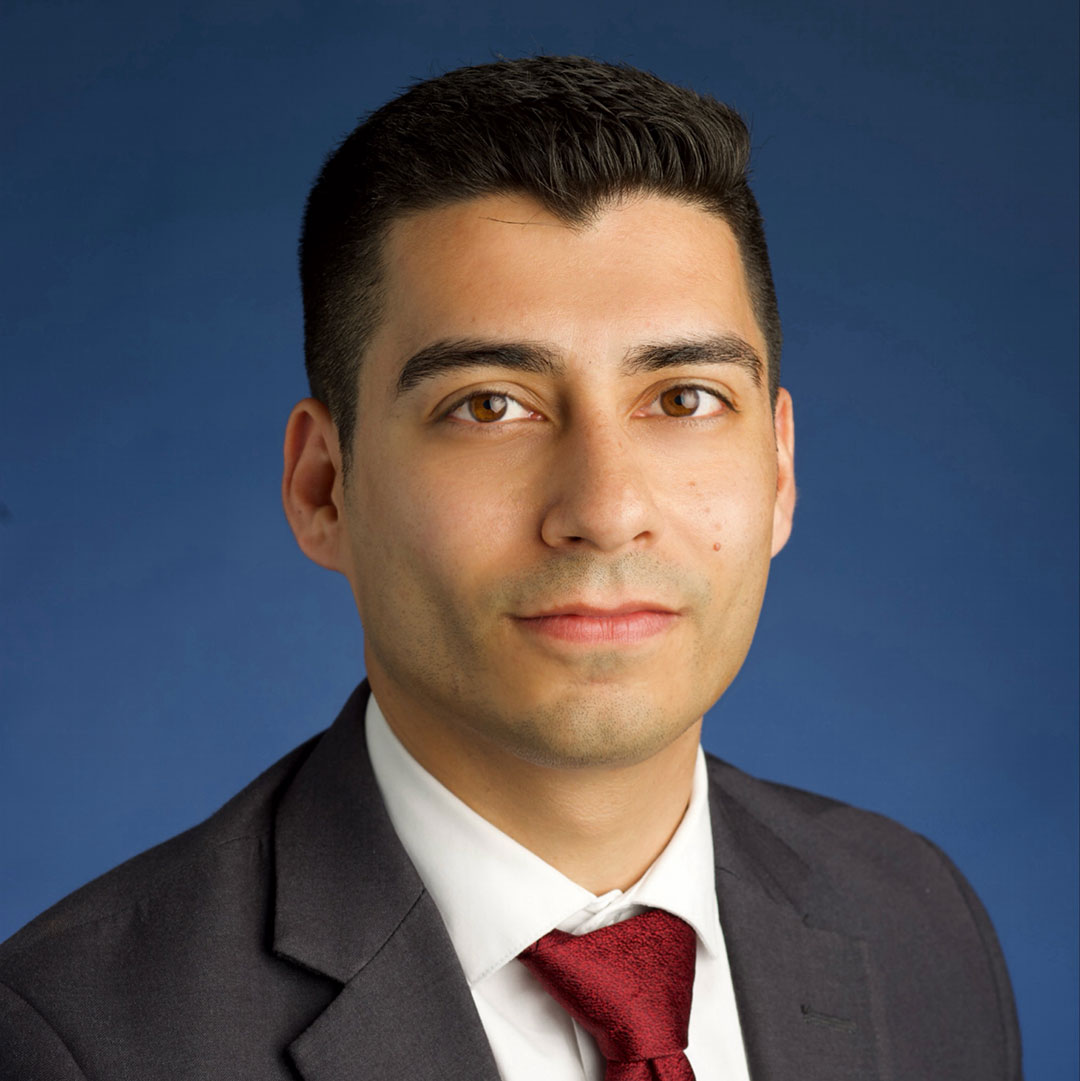
Sashary Zaroyan
Associate Dean of Strategic Engagement and Initiatives
Addressing Concerns and Demands

At LMU SOE, we recognize our individual and collective responsibility to change. As individuals, this means learning, struggling, and growing together in authentic ways that have meaning and integrity to educate students for their futures. As part of LMU’s DEI Action Committee, it means examining our structures, processes, programs, and operations and expanding our awareness through reflection and professional learning.
We have created an area of this site dedicated to providing updates and ongoing responses to DEIAJ-related issues raised by various affinity groups at SOE and LMU. Its structure and content resemble LMU's Addressing Demands site on these matters. Visit SOE's Addressing Concerns and Demands page to get more details about how SOE is taking actionable steps toward a new, better, and anti-racist future.
-
Books (listed in alphabetical order by title)
- “A People’s History of the United States” by Howard Zinn
- “Between the World and Me” by Ta-Nehisi Coates
- “Teaching When the World is on Fire” by Lisa Delpit
- “The Fire Next Time” by James Baldwin
- “Why Race and Culture Matter in Schools” by Tyrone Howard
These titles are available in e-book form at LMU’s Willam H. Hannon Library
Online resources (listed in alphabetical order)
Divorcing White Supremacy Culture | Website by scholar and activist Tema Okun
-
The below resources are listed in alphabetical order.
- American Educational Research Association
- Anti-Defamation League
- Association of Jesuit Colleges and University (AJCU) Statement on DACA
- California Commission on Teacher Credentialing (CCTC)
- Catholic Charities response
- Common Sense Media | Coretta Scott King Book Award Winners
- EmbraceRace | “How Kids Learn About Race”
- Facing History and Ourselves | Teaching Resources
- California Association of Professors of Special Education Teacher Education Division (CAPSE/TED) | Policies and Advocacy
- National Association for the Education of Young Children (NAEYC) | “Supporting Young Children After Crisis Events”
- NAEYC | “Talking With Children About Big World Issues”
- Ignatian solidarity
- National Catholic Education Association (NCEA)
- National Museum of African American History & Culture | “Being Antiracist”
- NCEA Response to DACA
- Racial Equity Tools
- Rethinking Schools
- Teaching Tolerance | Magazine and Publications
- U.S. Conference of Catholic Bishops | Educational Resources on Racism
- U.S. Conference of Catholic Bishops | Issues and Action
- UCEA Statement on Racism
-
LMU has numerous centers, offices, and programs that address social justice and aim to eradicate systemic bias. The below links are just a starting point and do not represent the University’s full suite of available resources. We encourage everyone to explore these resources more deeply and we invite any and all questions about them.
